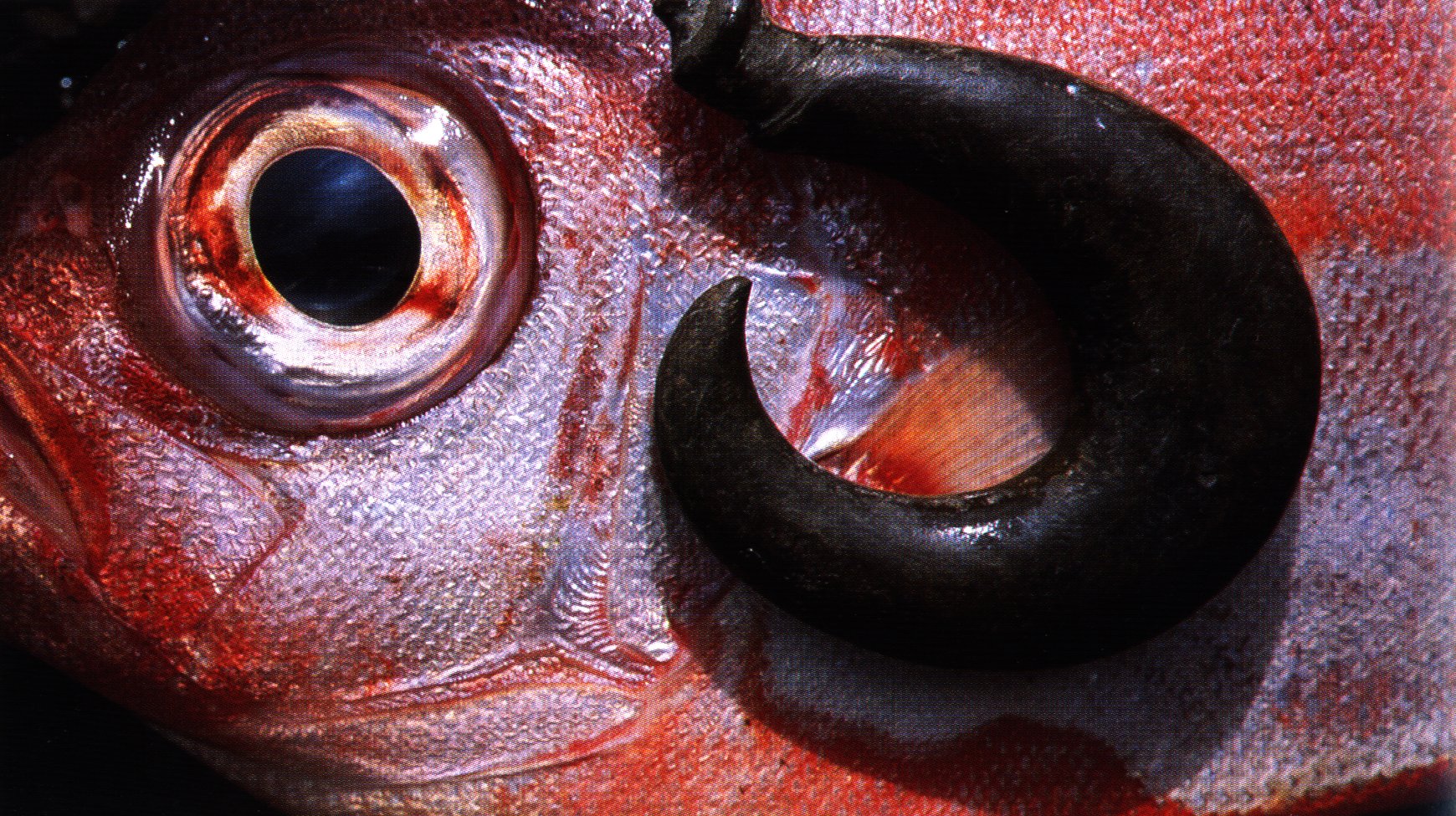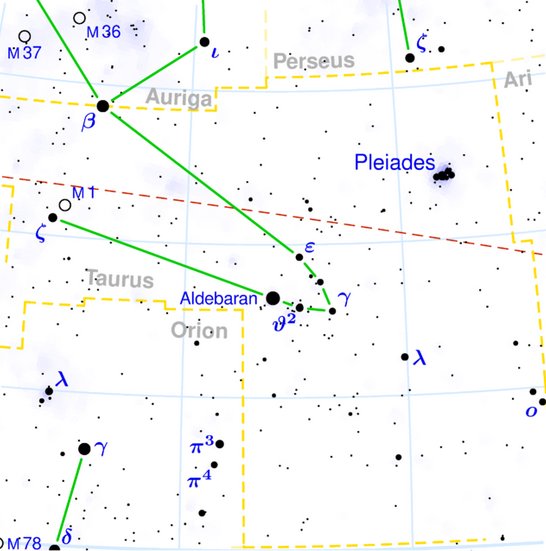I have decided to change my text tables. Time and again I have been forced to copy the correlations between the month names according to Manuscript E and the month names of our Gregorian calendar, because I find it so hard to keep them in memory:
Instead these correlations from now on will be integrated in my text tables, for instance:
Although the arrival of Hotu Matua to Easter Island indeed took place in Tagaroa Uri 15 (288) this was the day (October 15) when in rongorongo times Benetnash (η Ursae Majoris) rose with the Sun. "... the Arabic Banāt Na'ash al Kubrā, the Daughters of the Great Bier, i.e. the Mourners ... applied to the three stars in the extreme end of the group, η being Al Ka'id, the Chief One ..." (Allen) The date when Benetnash rose heliacally in mythic time - when Al Sharatain was the leading sign - was 27 days earlier, in 'September 18 (261) = 'Hora Nui 18 (261 = 20 * 13 + 1). My colour scheme (derived from the cosmos north of the equator) affirms this was a black day (and not a day of quick silver). In mythic time the nakshatra date was 'Tarahao 19 = 364 days after the March equinox and a red day because south of the equator and on Easter Island the summer half of the year was due to begin. The text on side b of the tablet is beginning with the Hyades door (*64 in rongorongo times). Ga6-4 alludes to *64:
144 (Ga6-4) = 80 + 64 and May 24 (144) alludes to 64 because 5-24 should be counted as 52 * 4 = 208 = 144 + 64. In Hora Nui 19 there were 3 stars vertically arranged (Polaris, Baten Kaitos, and Metallah) close to the Full Moon, and I guess they were Nga Kope Ririva A Taanga, the youths standing in the water outside the southwestern corner of the island proper (at the horizon, Gilbertese: te tatanga):
... The dream soul of Hau Maka continued her journey and, thanks to her mana, reached another land. She descended on one of the small islets (off) the coast. The dream soul of Hau Maka looked around and said: 'These are his three young men.' She named the three islets 'the handsome youths of Te Taanga, who are standing in the water'. Ana-nia (Polaris) was the Tahitian 'pillar-to-fish-by', which should mean 'where Land was drawn up like a great fish from the Sea'. Maybe Rano Kau was associated with the eye of the fish:
The eye of the Bull (Ain, ε Tauri) ruled the Chinese 19th starion Net, possibly because this net was used to catch the great black bird of the winter sky:
| ||||||||||||||||||||||||||||||||||||||||||||||||||||||||||||||||||||||||||||||||||||||||||||||||||||||||||||||||||||||||||||||||||||||||||||||||||||||||||||||||||||||||||||||||||||||||||||||||||||||||||||||||||||||||||||||||||||||||||||||||||||||||








